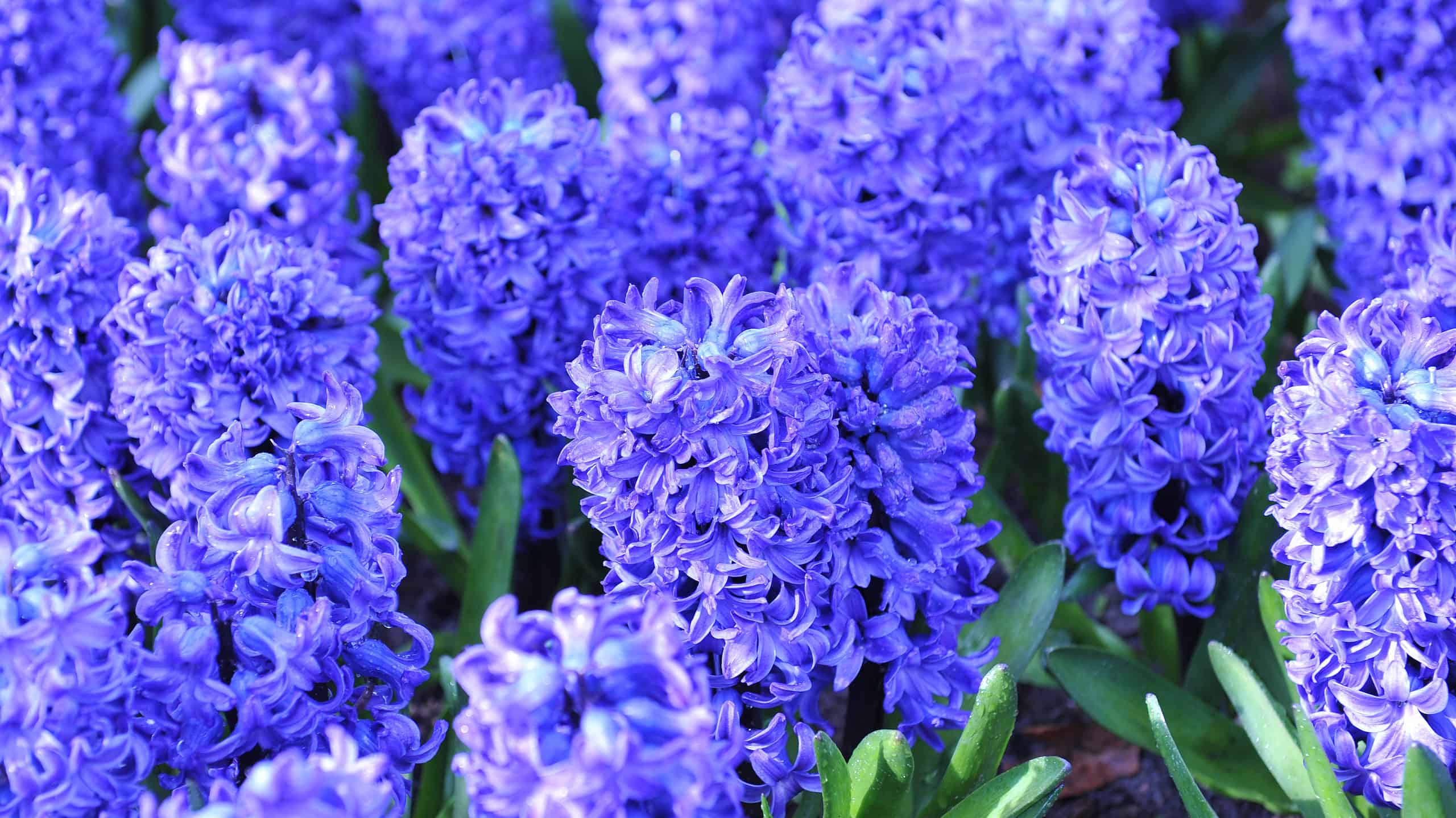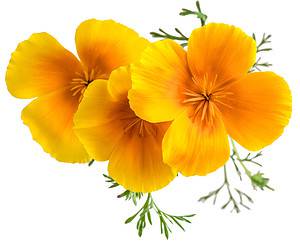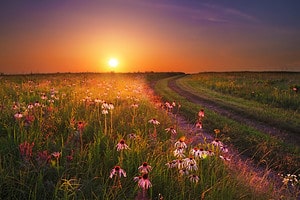Hyacinths have a long history, reaching as far back as antiquity. They are popular and well-known for their strong aroma and large, bundles of blooms. Because of their vibrant color, recognizable blossoms, and attractive smell, these flowers come with deep symbolism and significance, with many uses in cultural and religious settings. This is your guide to the Hyacinth’s meaning, symbolism, and significance
This beautiful and aromatic flower is actually native to Turkey and the Southwest Asia region. After being introduced to Europe, it became a popular addition to gardens of all kinds and sizes. It has remained a common sight in gardens large and small ever since.
Hyacinths are a spring flower, blooming for only a couple of weeks in the spring months. You can grow them easily indoors or outdoors in garden beds or flower pots. If you want an attractive and sweet-smelling flower for your home that carries positive symbolism, look no further!
Physical Characteristics of Hyacinths
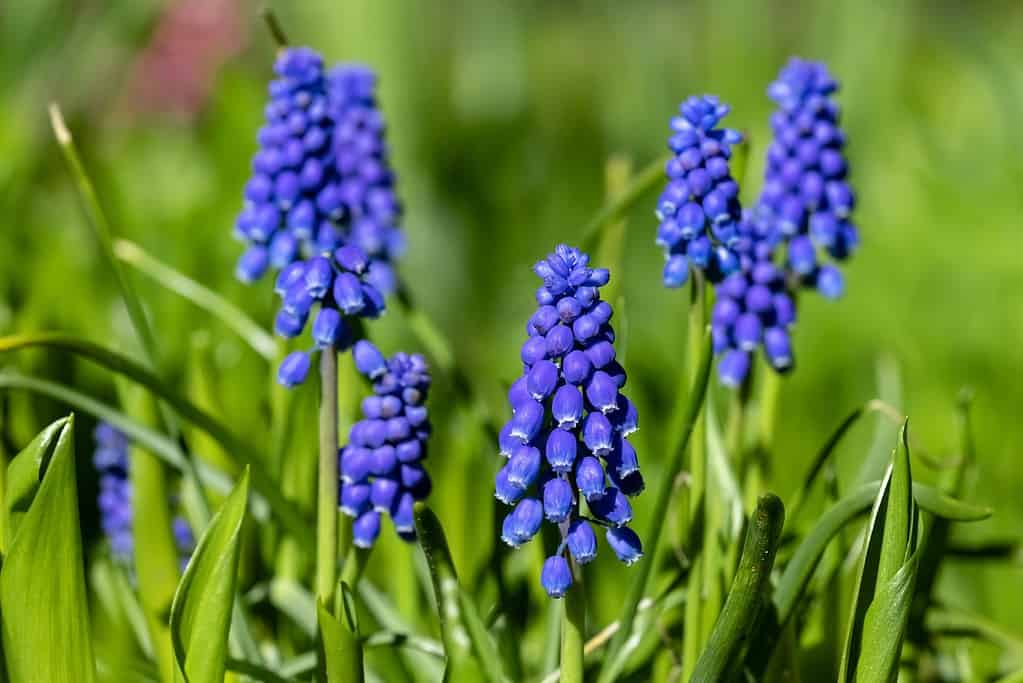
Hyacinths are famous for their deep, vibrant colors.
©Pavel Filatov/Shutterstock.com
Hyacinths grow from large bulbs and sprout up to four or six long, large leaves, and between one and three tall spikes from which the clusters of hyacinth flowers bloom. They come in a variety of colors including white, purple, blue, pink, yellow, red, and many combinations in between. However, the most common color is definitely their deep, rich violet color for which they are most popular.
You can easily recognize hyacinths by their tall stalks covered with a single bundle or cluster of vibrant flowers.
The darker varieties of hyacinths, including the blue, violet, and purple colors, are more popular with bees than their paler counterparts. When included in a garden with other flowers, hyacinths will attract more pollinators than others because of their strong scent.
Historical and Cultural Significance of Hyacinths
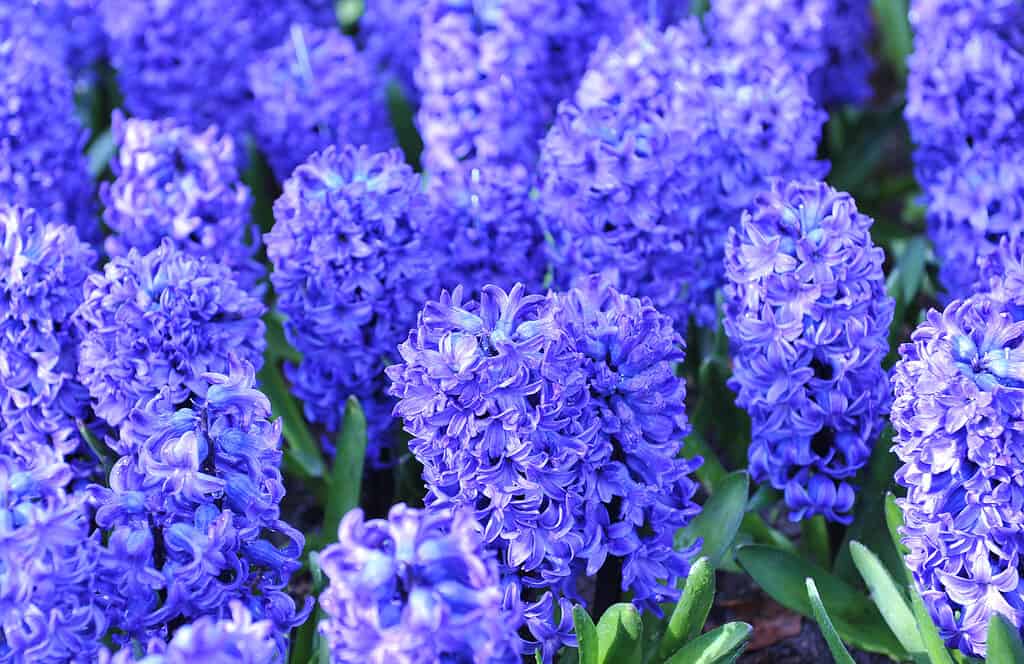
Hyacinth stalks in full bloom during the spring.
©Sergey V Kalyakin/Shutterstock.com
Hyacinths are native to the Eastern Mediterranean. This area includes southern Turkey, Syria, Iraq, Israel, Palestine, Turkmenistan, and Lebanon. Because of its vibrant color and attractive scent, the flower was popular in many surrounding cultures and countries. People began to naturalize it shortly after its discovery. It first spread to Italy, then to the rest of the world. Today it grows all around the world and in almost every country. It was so popular in Europe during the 1700s, in fact, that the Netherlands had over 2,000 different hyacinth species they grew to sell all over the world.
People have used hyacinths in cultural ceremonies for thousands of years. Persians used this flower for their New Year celebrations and at their Spring Equinox celebrations. Ancient Greeks used it in festivals. Russians often gift hyacinths on Women’s Day, which occurs in the spring.
Hyacinths are a popular ingredient in perfumes and fragrances. Chefs and doctors don’t use it in medicine or food because of its natural poison.
Symbolism of Hyacinths
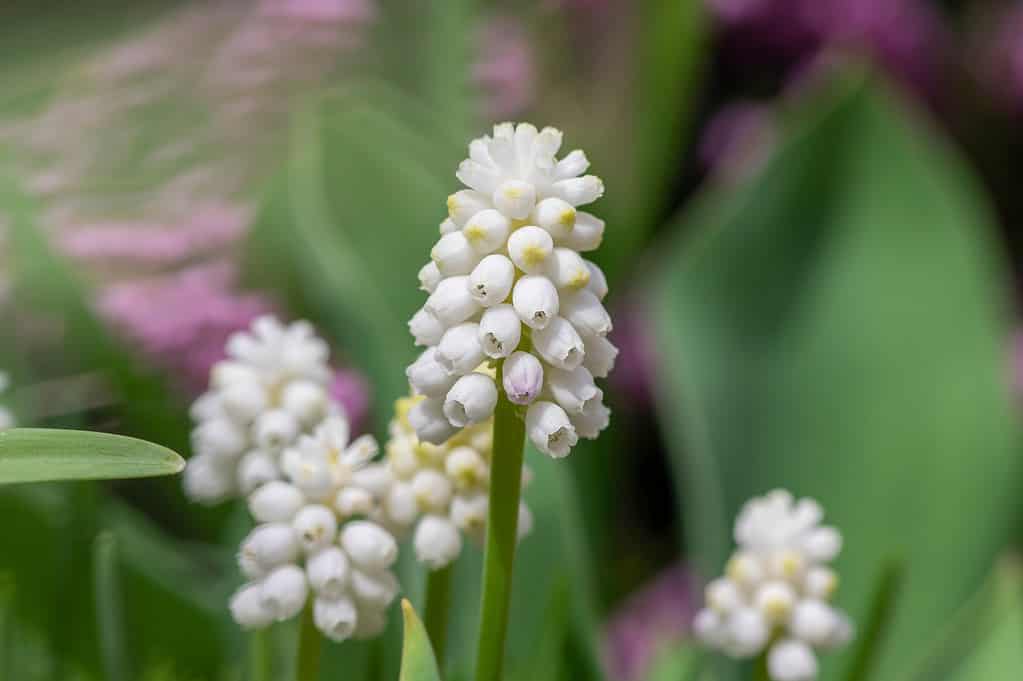
White Hyacinths can represent pure love, or purity in remembrance.
©Iva Vagnerova/Shutterstock.com
The ancient Greeks believed the god Apollo created the Hyacinth. According to Greek mythology, he did this in remembrance of his lost lover by the same name. Many Olympians admired this prince of Sparta. He chose Apollo to be his lover. They were so fiercely in love that Apollo taught Hyacinth how to play the bow and lyre, many exercises in the gymnasium, and the art of prophecy.
One day, Apollo was teaching Hyacinth how to throw the discus. Hyacinth chased after it, hoping to retrieve it for his lover, but it bounced off a rock and struck him in the head, killing him. Apollo was distraught over his loss and what he had done and created the Hyacinth flower so that he would always remember the Spartan prince and inscribed the words of lamentation, “alas” on its petals so his mourning would never end.
While the flower described in myth doesn’t match the flower we have today, the name remains in honor of Apollo and his loss.
There are many other stories associated with Hyacinth, the mythological person. Some stories say that he spent winter in the underworld, and returned to Earth in the spring, when the flower by the same name blooms into beautiful color.
His entire story is a metaphor for the cycle of life and death and rebirth in nature. He even had his own festival, in which the youth of the community were initiated into adulthood.
In Western cultures, this mythology maintains its symbolism. Hyacinths represent devotion. They symbolize thoughts for those who have passed through death, passionate love, and mourning. They are also commonly associated with playfulness, sport, fraternity, and rashness, mirroring the characteristics of the figure Hyacinth when he was alive. During the Victorian era, however, this flower was often associated with playfulness, joviality, frivolity, and happiness.
In Roman Catholicism, the hyacinth meaning has changed to represent consistency, prudence, a yearning for heaven, and inner peace.
Today, hyacinths are popular gifts in many cultures and are a common sight at weddings and other celebrations. When included in bridal arrangements, they represent beauty, consistency, and long love. You can also use one as a sign of apology. Because they symbolize undying love, giving a hyacinth along with an apology represents forgiveness, mercy, and support for the person who has made a mistake.
It is not uncommon to find hyacinths at the site of a death or a grave. On the other hand, many include them in housewarming gifts or “welcome” baskets. They can bless the new home with good luck and long love, while also symbolizing remembrance for those who have passed on.
Many practitioners of magic and witchcraft use hyacinths regularly. Witches use hyacinths in spells or rituals to attract love, peace, abundance, and happiness, and resolve loss and heartache. You can place a hyacinth blossom by your bed in the hopes of getting more restful sleep or keeping nightmares away.
Remember, though, it is important to keep in mind that when considering the symbolism of flowers, much of that meaning comes from the actual color of the flower. So, while the hyacinth flower can be associated with death and rebirth, the color of the particular flower you include in your funerary arrangement might overshadow the inherent meaning of the flower.
For example, a white hyacinth will share the symbolism with other white flowers: peace, healing, holiness, and purity. A dark blue hyacinth can represent nobility, goodwill, and respect. Pink can mean happiness, young love, new beginnings, and so on.
While the inherent symbolism of the hyacinth is one of deep sorrow and hopeful rebirth, remember to pick the color carefully if you want to compliment this meaning appropriately.
Hyacinths in Art and Literature
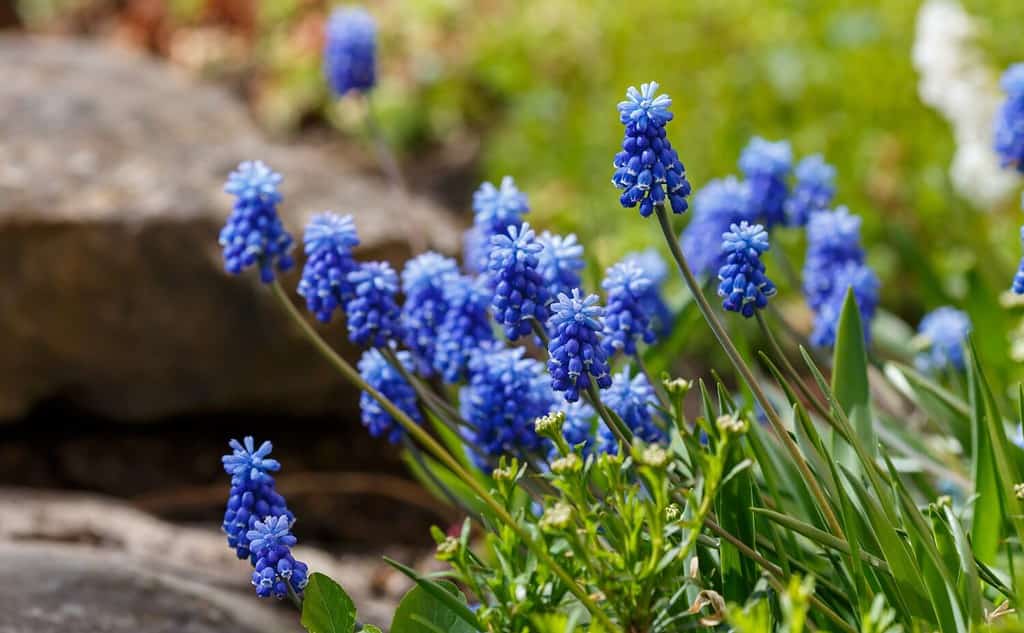
You can use the hyacinth to describe beautiful, lush, full hair
©Flower_Garden/Shutterstock.com
The Hyacinth meaning, symbolism, and significance in art and literature is almost as old as the flower itself! The hyacinth flower is a popular resource for writers. Ever since ancient times, writers have used the term “hyacinthine hair” to describe hair that is full, lush, and curly. Homer used it in his Odyssey when Athena gave Odysseus hyacinthine hair. When describing Helen of Troy’s beauty, Edgar Allen Poe wrote that she had “hyacinth hair”.
Ferdowsi, the national poet of Iran, wrote about hyacinths in his epic, ancient Persian poem, The Book of Kings (Shahnameh).
Hyacinths became particularly important in Turkey as a symbol of national pride during the 1400’s. Bowls, jars, motifs, paintings, and other ceramics featured the beautiful violet flower in kitchens, courts, and gardens throughout the medieval Ottoman Empire.
Whether you are looking for the perfect flower for a funeral, a wedding, evening date, or festival, you can’t go wrong with the hyacinth flower. With such deep, heartfelt symbolism, hyacinth will serve your purposes well, while still making a stunning and sweet-smelling impression!
Thank you for reading! Have some feedback for us? Contact the AZ Animals editorial team.

